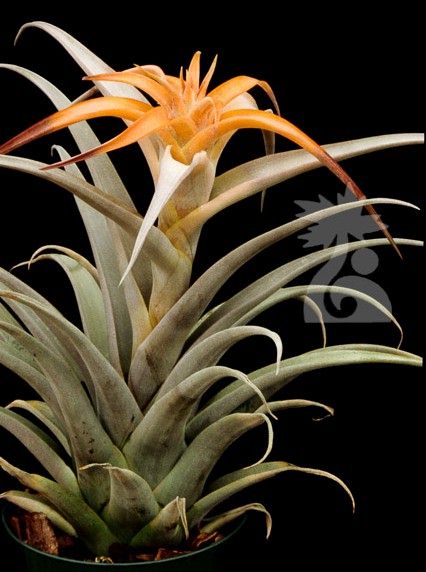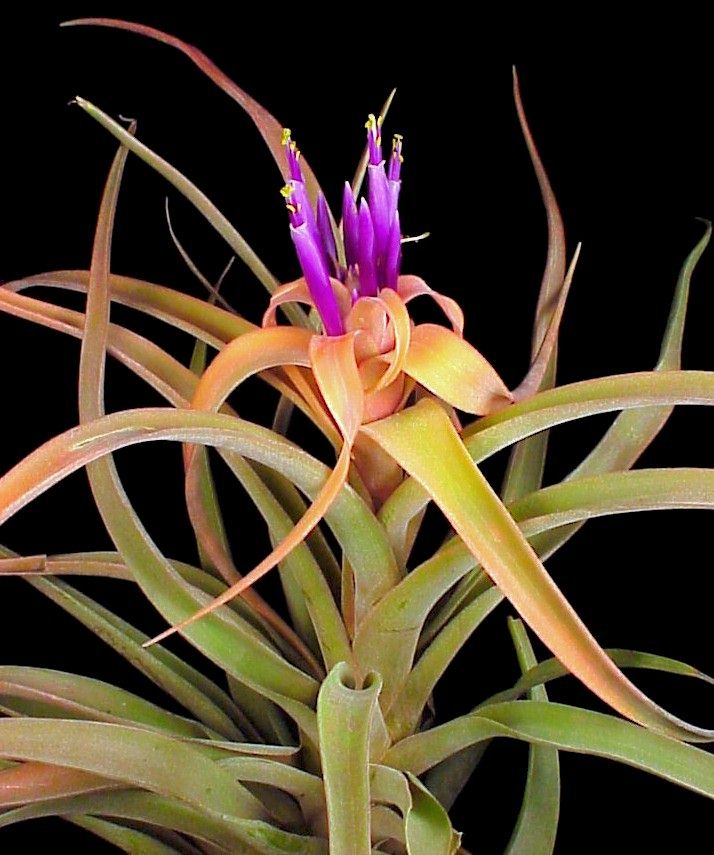

This is a story about only part of the T. capitata identity crisis which some growers will heed and some not, but at least we try.
Let us go back to the Journal of the Bromeliad Society 56: 64. 2006 where I tried to solve certain naming problems for a plant found in Guatemala which looked like a T. capitata but was sufficiently different to warrant a new name. To summarise, in the early 1990’s we had a plant variously called, T. xerographica x capitata, T. ‘Maya’, T. sphaerocephala Guatemala, T. harrisii, Tillandsia capitata ‘Yellow Rose’ in New Zealand, and a name that I coined T. ‘Rio Hondo’ The latter name was based on T. riohondoensis which was going to be published by Renate Ehlers in Germany but she decided not to because of the identity problems of T. capitata in the broad sense. The name ‘Rio Hondo’ was duly registered but I would suggest there are still plants around with these other names on the labels.
Now to phase 2 where a plant had been circulating as T. capitata ‘Peach’ also from the early 1990’s and which originated from Bird Rock Tropicals in California as T030.
Originally this was collected in Mexico. This was not registered.
Meanwhile there was plant collected in Guatemala which was also called T. capitata ‘Peach’. We do not know who gave it that name but we do know it is being sold in Florida under this name. The plant does have leaves that have that furry covering like a Peach which is also shared by ‘Rio Hondo’ but the plant is smaller. Because we do not know the source of either plant we can only surmise they are closely related.
If you are a grower who prides himself/herself on having a keen interest on plant identity you will be pleased to know we have decided to coin two new names for the Register –‘Capitata Peach’ and ‘Guatemalan Peach’.
We leave it to you to decide which name best fits your plant and suggest to others who sell to use the new names, including ‘Rio Hondo’ if applicable.
Tillandsia 'Peach' & 'Guatemalan Peach'

